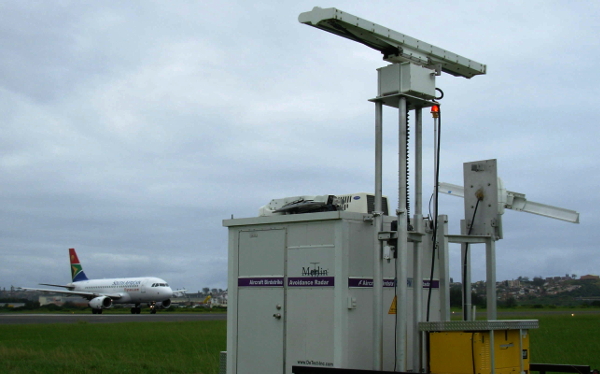New Delhi: Amid a latest spate of bird-hit incidents, the Indian Air Force (IAF) is about to begin — for the fourth time in 10 years — the method of procuring bird-detection radars or avian radars by floating a Request for Info (RFI), said the sources within the IAF
“We will have to restart the process of procuring the avian radars, but they will definitely be procured. Initially, we had few choices among the vendors. But now, there will be more choices with many indigenous players in the market,” a senior IAF officer, who didn’t want to be named told.
The earlier tenders for bird-detection radars had drawn response from three or 4 distributors.
The IAF has not launched official figures for bird-hits, however the seriousness of the issue was acknowledged when Air Chief Marshal Rakesh Bhadauria mentioned at a press convention Friday that the Force was taking a number of steps to cut back such incidents.
It’s estimated that bird-hits contribute to 10 per cent of all fighter jet accidents. Ambala, some of the delicate IAF bases, has seen 5 to 6 bird-hit incidents yearly over a interval of 10 years. Most of those incidents result in irreversible injury to the engines of a fighter plane, that are priced crores of rupees.
The IAF at present depends on zone weapons and firecrackers to scare away birds from the flight path.
Previous tenders led to nothing
The primary RFI for avian radars was floated in 2010, however the RFP had been withdrawn by 2011.
A second RFI was issued, which started in 2012, went on till 2015, with 4 corporations within the fray — M/s OIS-AT, M/s Robin Radar Methods, M/s Knowledge Patterns (India) Pvt Ltd, and M/s Axiscades Aerospace And Applied sciences Pvt Ltd. The plan at this stage was to obtain 45 avian radar programs for Rs 250 crore — 39 for the IAF and 6 for the Navy.
Nonetheless, this RFP was withdrawn too, and a contemporary RFI was floated in 2016 with a brand new requirement for 3D protection being launched. There had been no progress since then.
“It (scaling process) depends on how badly the service needs that equipment,” an IAF officer clarified, indicating that avian radars had been low on the service’s precedence record, and including that they’re but to be made obligatory even at civilian airports.
Why avian radars are wanted
Former IAF officers elaborated on the need of avian radars for the service.
Air Vice Marshal Shankar Mani (retd) instructed LiiStudio that bird-detection radars might play a crucial position in making a situational consciousness about presence of birds, and act as a decision-support system for enterprise base operations and coaching necessities.
“The IAF undertakes several low-level tactical training missions above its bases, and armament training over air-to-ground ranges. A good bird-detection radar will be of immense help and a good aid in terms of taking a decision over launching or recovering an aircraft and determining possible window by providing real-time feedback to the team on hot spots and seasonal patterns, particularly in bird-infested areas,” Mani mentioned.
“However, educating the local masses about environment cleanliness and limiting rapid habitation and industrial grow around operational airfields is an important task at hand for the district and municipal administration to obviate bird strike accidents.”
In the meantime, Wing Commander Pankaj Gupta (retd) added that whereas it isn’t potential to do away with birds, any details about them is significant to a pilot whereas within the cockpit of an plane.
“It is important because out of the several thousands of hours of flying by the IAF per day, pilots might be evading several bird hits. Nobody keeps a record of that. It could be an important device to warn a pilot in advance so that he or she exercises caution through alternate ways, so that a resource to fight a war is not lost,” Gupta mentioned.
Wg Cdr A.R. Giri (retd) concurred. “Bird detection radars are the need of the hour for any air force. These radars would significantly reduce bird strikes and save the exchequer a considerable amount of revenue in the form of saved equipment and life.”
He added: “But air forces around the world have a challenging task to deal with avian encroachment in flying airspace. The need is to identify the conflict areas and chalk out a coexistence plan.”
Image Courtesy: PRWEB
You may also like
-
IAF Aircraft Set Course For Exercise Eastern Bridge VII At Oman
-
IAF Set To Host The Indian Defence Aviation Exposition-II At Jodhpur
-
Defence Secretary to co-chair 5th India-Philippines Joint Defence Cooperation Committee meeting in Manila
-
Simultaneous Launch Of ‘malpe And Mulki’, Fourth And Fifth Ships Of Asw Swc (Csl) Project
-
Aatmanirbharta in Defence: MoD signs Contract with HAL for 240 AL-31FP Aero Engines for Su-30MKI Aircraft
